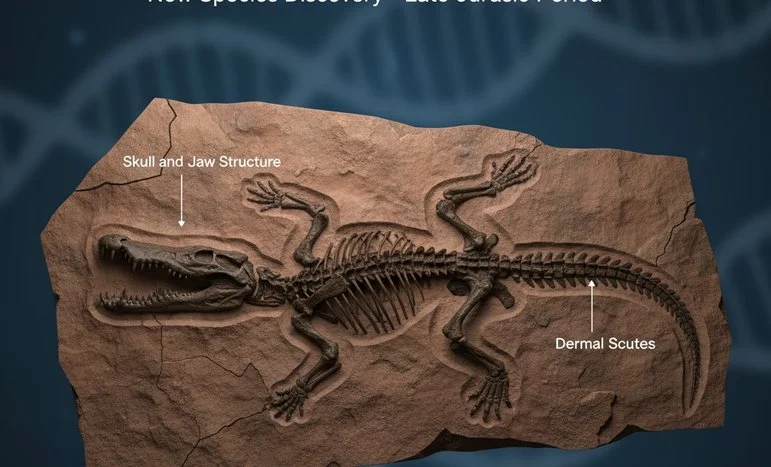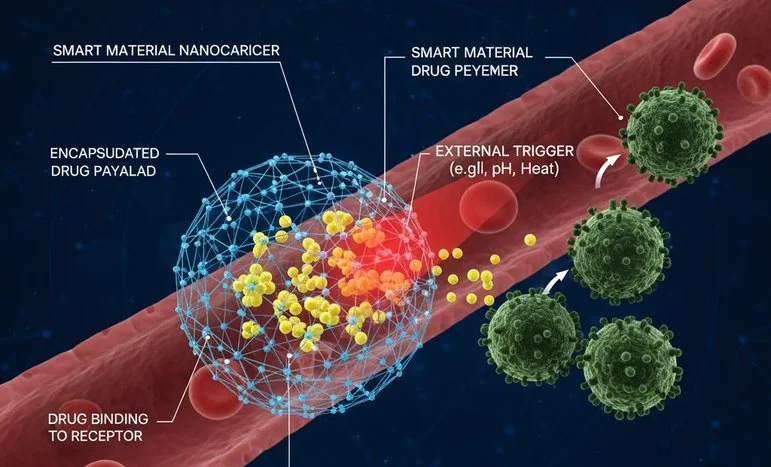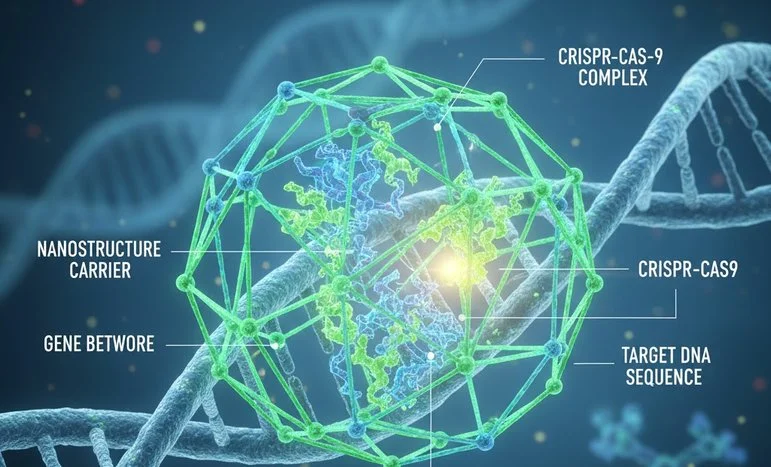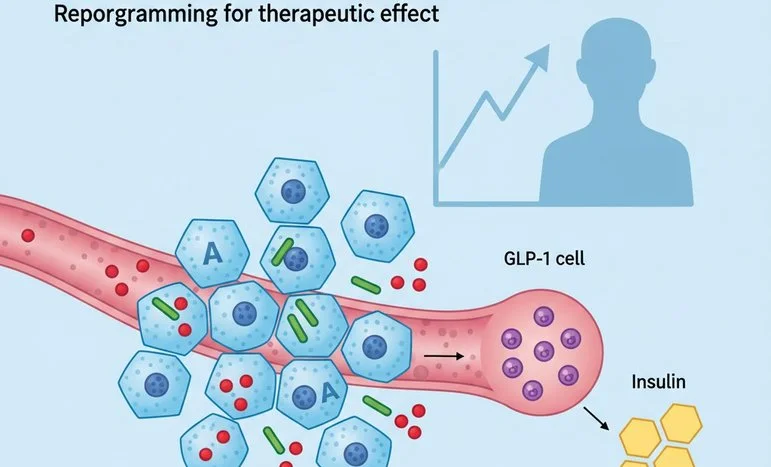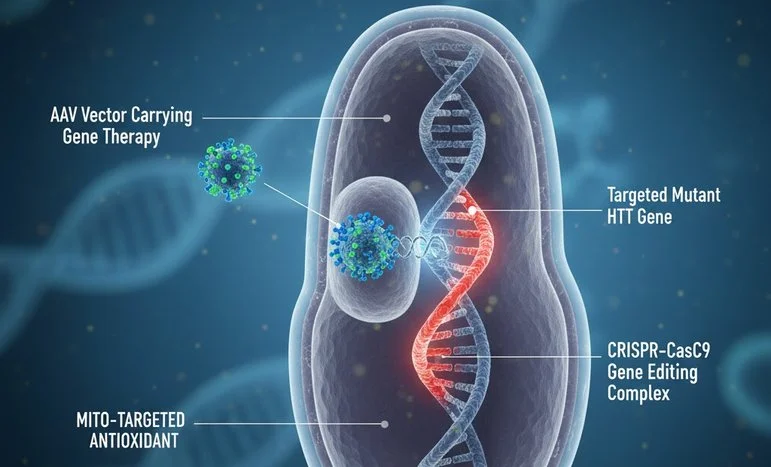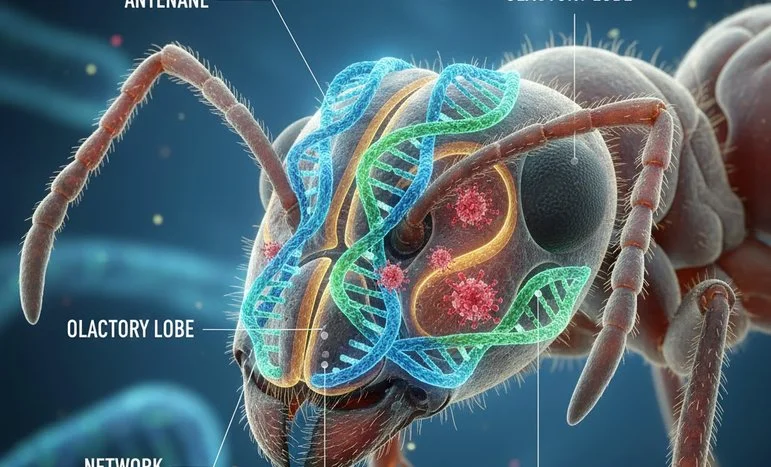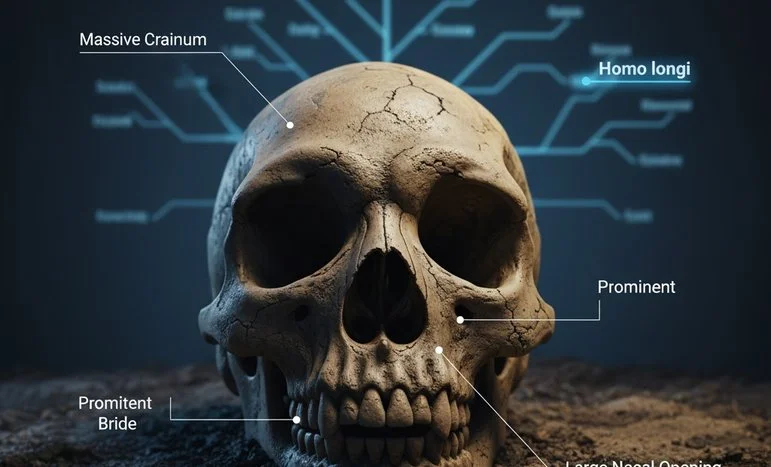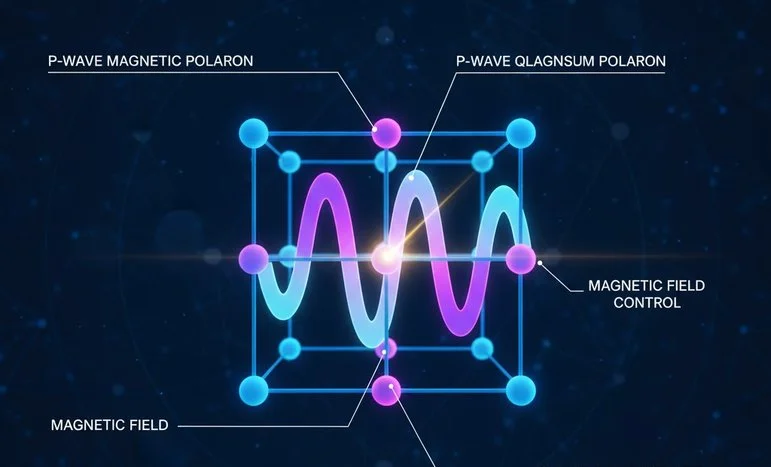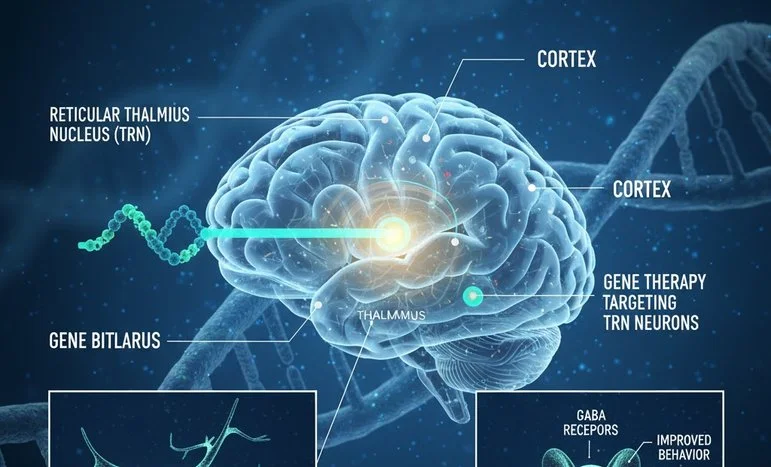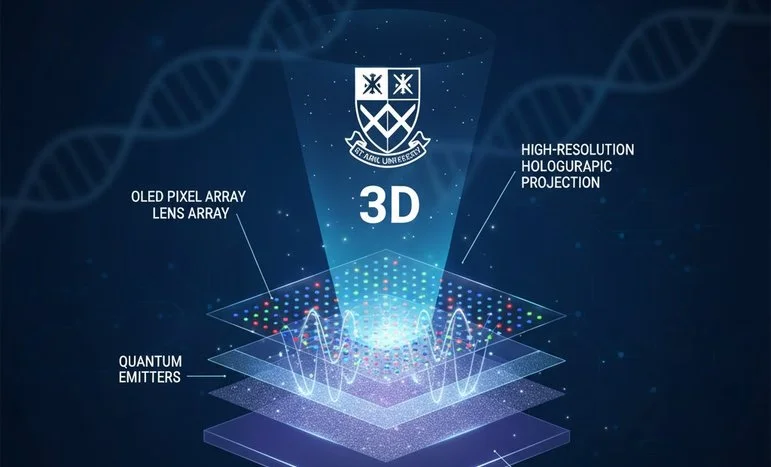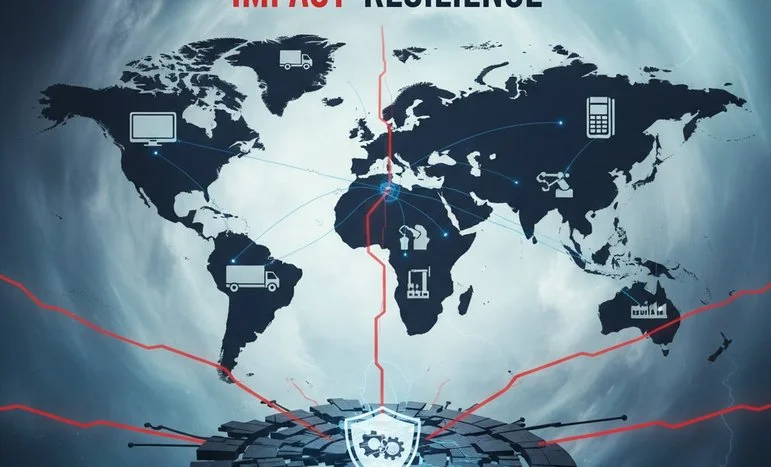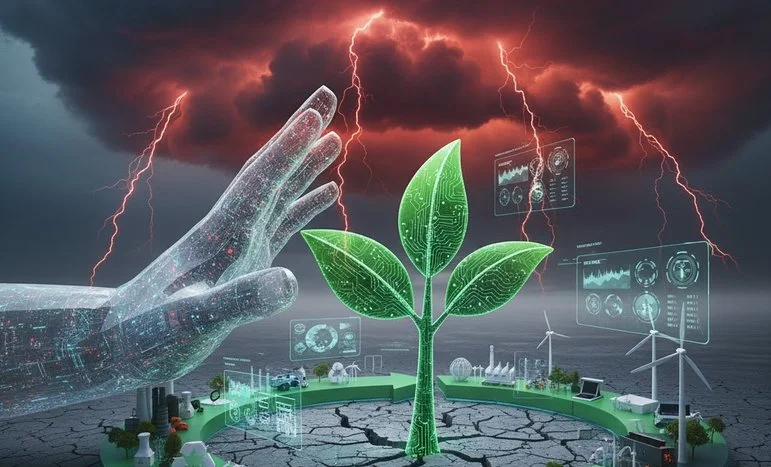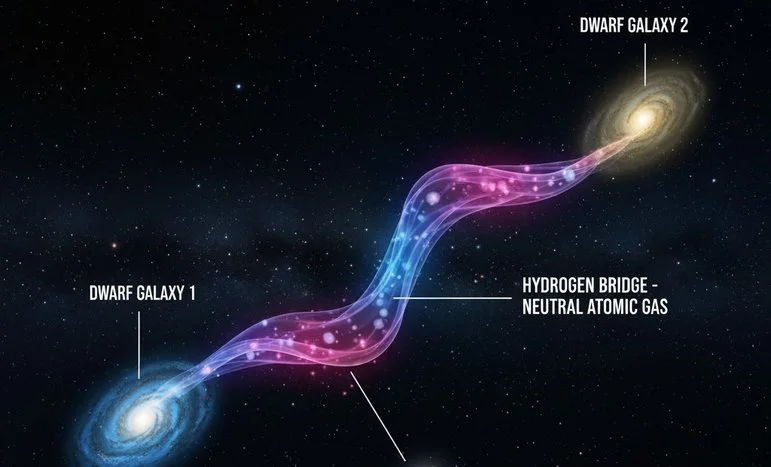
Astronomers Discover Massive Hydrogen Gas Bridge Linking Dwarf Galaxies
Discovery of Neutral Hydrogen Gas Bridge Between Dwarf Galaxies
Astronomers have uncovered a massive neutral hydrogen (HI) gas bridge connecting two dwarf galaxies, providing a rare glimpse into the dynamics of small galaxy interactions. While studies often focus on massive galaxies like the Milky Way or Andromeda, this discovery underscores the complexity of galactic evolution at smaller scales and the role intergalactic gas plays in shaping galaxies over cosmic time.
What is a Hydrogen Gas Bridge?
Neutral hydrogen is the most abundant element in the universe and forms the raw material for star formation. An HI bridge represents a stream of hydrogen gas connecting two galaxies, often as a result of gravitational interactions or tidal forces. These structures can:
- Transfer gas from one galaxy to another.
- Trigger new episodes of star formation.
- Reveal past interactions and the history of galactic mergers.
The bridge discovered spans tens of thousands of light-years, linking the two dwarf galaxies in a way that allows astronomers to study gas dynamics, gravitational effects, and potential star-forming regions between them.
Observational Methods
This discovery was made possible through radio astronomy, using the 21-cm line emission of neutral hydrogen. Key techniques include:
- Interferometry: Combining multiple radio antennas to increase spatial resolution and detect faint gas features.
- Kinematic Mapping: Measuring the velocity and distribution of gas to determine whether the bridge is stable or transient.
- Multi-Wavelength Follow-Up: Optical and infrared observations help identify young star clusters forming along the bridge.
These methods together provide a comprehensive view of how gas flows between dwarf galaxies, enabling scientists to model their interactions accurately.
Implications for Galaxy Evolution
Dwarf galaxies, despite their small mass, play a critical role in the assembly of larger cosmic structures. The discovery of an HI bridge has several implications:
- Star Formation Enhancement: The gas bridge can feed galaxies, fueling bursts of new stars.
- Tidal Interaction Evidence: The bridge indicates strong gravitational interactions, even among small galaxies.
- Galaxy Growth and Mass Transfer: Such bridges may contribute to mass accumulation in dwarf galaxies, impacting their long-term evolution.
- Environmental Sensitivity: Shows how intergalactic medium and cosmic environment affect dwarf galaxy morphology and dynamics.
This discovery demonstrates that even low-mass galaxies are not isolated, but part of a connected and evolving cosmic network.
Broader Cosmic Context
Studying HI bridges helps astronomers understand larger-scale phenomena, such as:
- Dark Matter Distribution: Gas dynamics can trace unseen gravitational effects.
- Hierarchical Galaxy Formation: Observations of small-scale interactions validate cosmological simulations predicting how galaxies assemble over billions of years.
- Chemical Enrichment: Gas transferred through bridges can carry metals produced in stars, enriching partner galaxies.
Such insights are particularly valuable for refining models of galaxy formation, helping to explain the diversity of galaxy types observed in the universe.
Future Research Directions
Further study of this gas bridge and similar structures will focus on:
- High-Resolution Mapping: More sensitive radio observations to trace fainter gas structures.
- Chemical Composition Analysis: Determine metallicity along the bridge to understand the origin of the gas.
- Time Evolution Modeling: Use simulations to predict the future trajectory and fate of the connected dwarf galaxies.
- Star Formation Studies: Monitor potential stellar nurseries forming along the bridge over time.
By combining observational data with simulations, astronomers aim to create a comprehensive picture of dwarf galaxy interactions and the role of intergalactic gas in cosmic evolution.
The discovery of a neutral hydrogen gas bridge linking two dwarf galaxies is a remarkable reminder that the universe’s smaller structures can exhibit complex interactions and dynamic evolution. This finding not only provides a laboratory to study gas dynamics and star formation but also deepens our understanding of how galaxies grow and evolve within the larger cosmic web. Future observations and simulations will continue to unravel the mysteries of these interconnected galaxies, offering insights that extend from the smallest dwarfs to the largest galactic clusters.
We appreciate that not everyone can afford to pay for Views right now. That’s why we choose to keep our journalism open for everyone. If this is you, please continue to read for free.
But if you can, can we count on your support at this perilous time? Here are three good reasons to make the choice to fund us today.
1. Our quality, investigative journalism is a scrutinising force.
2. We are independent and have no billionaire owner controlling what we do, so your money directly powers our reporting.
3. It doesn’t cost much, and takes less time than it took to read this message.
Choose to support open, independent journalism on a monthly basis. Thank you.
